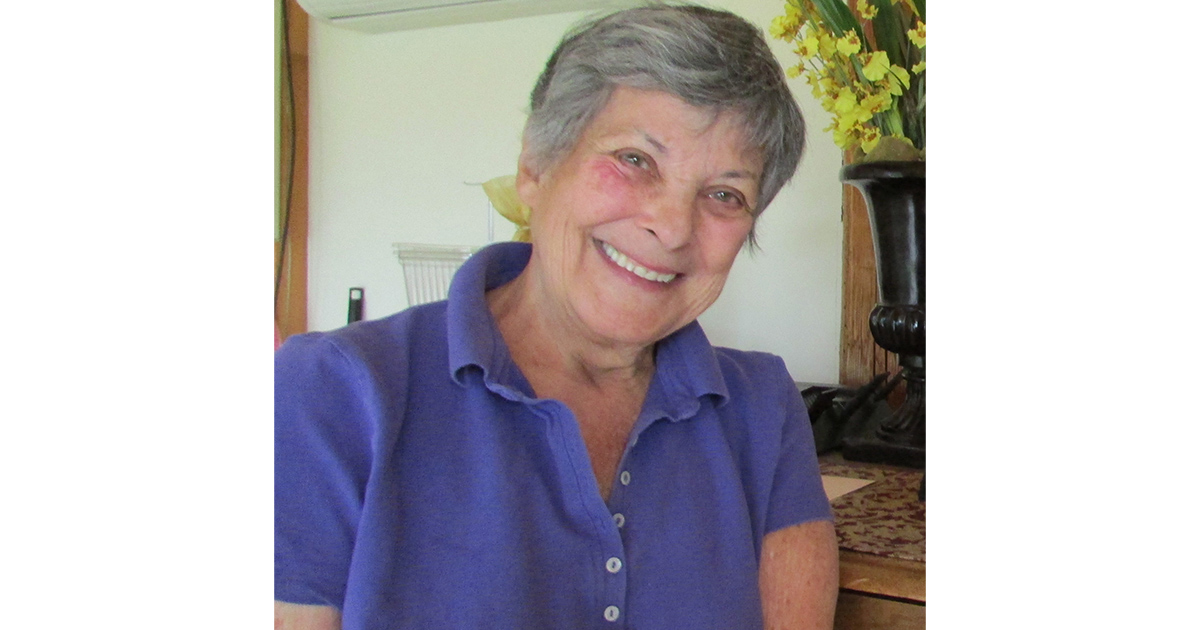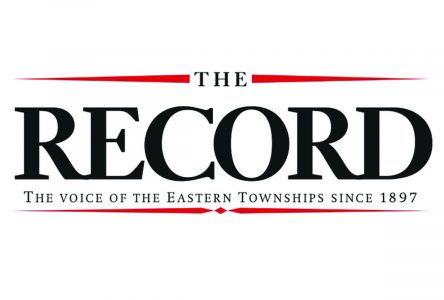Thanksgiving is a statutory holiday in Quebec. For Anglos, it’s most likely a weekend to feast on turkey or ham, cranberries and squash, pumpkin or pecan pie – the generations-old celebration of a secular holiday to give thanks for the agricultural harvest. For francophones, it’s a day off from work to relax or do something else – not so much celebrated as a feast day. All that aside, there’s much to be grateful for.
First for the farmers who produce millions of turkeys and cattle and hogs each year. And for those who cultivate the bogs that supply 25 per cent of the world’s cranberries. And for those who toil to produce our veggies and fruit. We tend to take them for granted, although not the food – according to Quebec’s national public health institute, we eat well — the number of obese Quebecers has doubled over the last three decades.
Far be it for me to lay a guilt trip on you, but at a time when we are giving thanks, it would be insensitive not to give a nod to the more than 3 billion people who could not afford a healthy diet in 2020. 2020 is the latest global statistic – since then the UN Food and Agriculture Organization (FAO) says its food price index is up 40 per cent from 2020 levels. “Unless income levels increased by a similar magnitude, the healthy diet crisis is likely to have worsened, especially in low-income countries experiencing rampant food inflation.”
I discovered a fascinating website that you may be interested in:
https://www.visualcapitalist.com/. I like it because it presents complex ideas in pictures. Very few of those 3 billion people live near us – mostly they’re in Africa or Asia. The Eastern tip of Africa is particularly in turmoil. All the countries in the region are reliant on wheat from Russia and Ukraine. And the region is facing its worst drought in 40 years alongside ongoing political conflicts. As a result, 22 million people are at risk of starvation.
There are four countries—Azerbaijan, Iceland, Switzerland, and the UAE—according to the Visual Capitalist, where everyone is able to afford a healthy diet. The picture is similar for most European and developed high-income countries, where more than 95 per cent of the population can afford a healthy diet.
Statistics Canada tracks food insecurity here. Through the Canadian Income Survey, StatCan has come up with three levels of food insecurity: if you worry about running out of food, or limit what you buy because of lack of money, you’re marginally food insecure. If you limit the quality and quantity of food you buy because of lack of money, you’re moderately food insecure. If you miss meals, or go without food, you’re severely food insecure. By these definitions, in 2021 Quebec had the lowest prevalence of household food insecurity at 13.1 per cent and the lowest number of severe food insecurity at 2.8 per cent. Still, 13 per cent of the population means a million people and even 2.8 per cent means more than 200,000 people. Nothing to be complacent about.
One final note: Before Statistics Canada used the Income Survey to track food insecurity, it used stats from food banks. In its latest report, StatCan writes that its methods of measuring food insecurity “has provided a direct measure of household food insecurity and a way to accurately assess the scale of the problem, considering that not all individuals who experience food insecurity use food banks… In fact, the number of Canadians living in food-insecure households is much larger than what is captured by food bank usage and research has shown that using food banks is seen as a measure of last resort that only some people take.”
Dian Cohen, C.M., O.M., economist
cohendian560@gmail.com
Subscribe now for full story and others.





